The Cilento National Park
In Campania, the Cilento National Park offers history, culture, places of archaeological interest, breathtaking landscapes, unspoilt nature and much more. The whole area is a nature reserve that covers almost 200,000 hectares, encompassing the entire province of Salerno and the areas west of the Tyrrhenian Sea. Cilento and Vallo di Diano National Park with the Archaeological Sites of Paestum and Velia and the Certosa di Padula were all included in the UNESCO World Heritage List in 1998.
Here are some of the official criteria for which the Park has earned a place on the UNESCO Intangible Heritage List:
1. HISTORICAL CRITERIA
-During prehistoric times and the Middle Ages, Cilento territory served as a crucial route for cultural, political and commercial communications. Therefore, its landscape acquires cultural importance;
-In two crucial episodes for human societies' development in the Mediterranean region, the Cilento area provided the only means of communication between the Adriatic and the Tyrrhenian Seas. The cultural landscape vividly illustrates this historic step today.
2. INTEGRITY
Inside the National Park of Cilento and Vallo di Diano, there are sites of great archaeological and artistic importance perfectly intact: the two archaeological sites of the Greek cities of Paestum and Velia, the monumental complex of the ancient monastery of the Charterhouse of Padula, the Lucanian settlements of Moio della Civitella, Roccagloriosa and Caselle in Pittari. The vast site also contains marine landscapes (Punta Licosa, Palinuro and Punta degli Infreschi) and inland landscapes. The entire site is a protected natural area of national importance, and this ensures its integrity. Indeed, despite the inevitable transformations of the territory over the centuries, the site has preserved its original characteristics representing a millennial interaction between man and nature.
3. AUTHENTICITY
The authenticity of the entire area and cultural elements within the Park is relevant, providing an example of a remarkable cultural landscape for the Tyrrhenian Sea area. The remains of ancient mountain paths represent traces of human occupation dating back to prehistoric times. The site authenticity is also visible in the villages and hamlets that have survived and have undergone only a few changes.
Thus, since the Park hosts a considerable amount of majestic places ranging from the categories of historical, cultural and landscape interest, it is difficult to tell of every single jewel kept in this vast and enchanting area.
Among the fascinating places of interest, it is worth telling about Roscigno, a small village in the park that hides a curious and surprising story. This little jewel of Cilento is known as a ghost town. Here time seems to have stopped. The crumbling stone streets, the trough in the middle of the square, the old houses seem to have come out of a time machine. A single inhabitant who remained to welcome visitors even though the burg is no longer habitable sharpens the anachronistic feeling.

The Pompeii of the 20th century
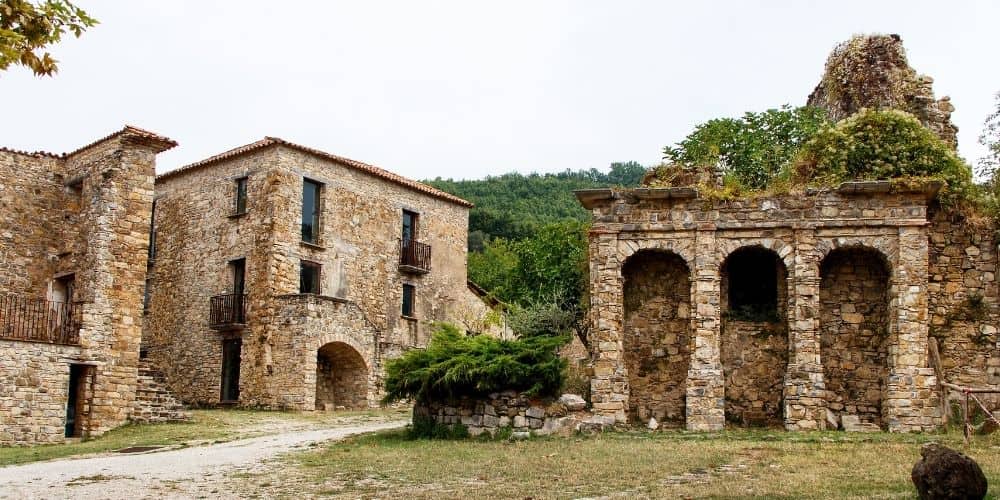
What about Roscigno? Two ordinances dating back to the beginning of the last century ordered the village evacuation. The area was affected by continuous landslides that endangered the lives of the inhabitants. For this reason, the small town was declared uninhabitable. In reality, the seismic history of Roscigno brings us back to the beginning of the 16th century, when the continuous subsidence of the land already forced the population to a nomadic life. Over the centuries, water predominance in the burg subsoil has made the soil fragile and subject to continuous landslides. Thus, the historical hydrogeological instability justifies the frequent landslides and the consequent impossibility to start and install a stable human activity.
Therefore, nomadism is a sort of heritage for the inhabitants of Roscigno. Like the ancient Pompeians, they were forced to flee because of natural dominance. For this reason, Roscigno has been called the Pompeii of the 20th century.
The ghost village di Roscigno and its inhabitant
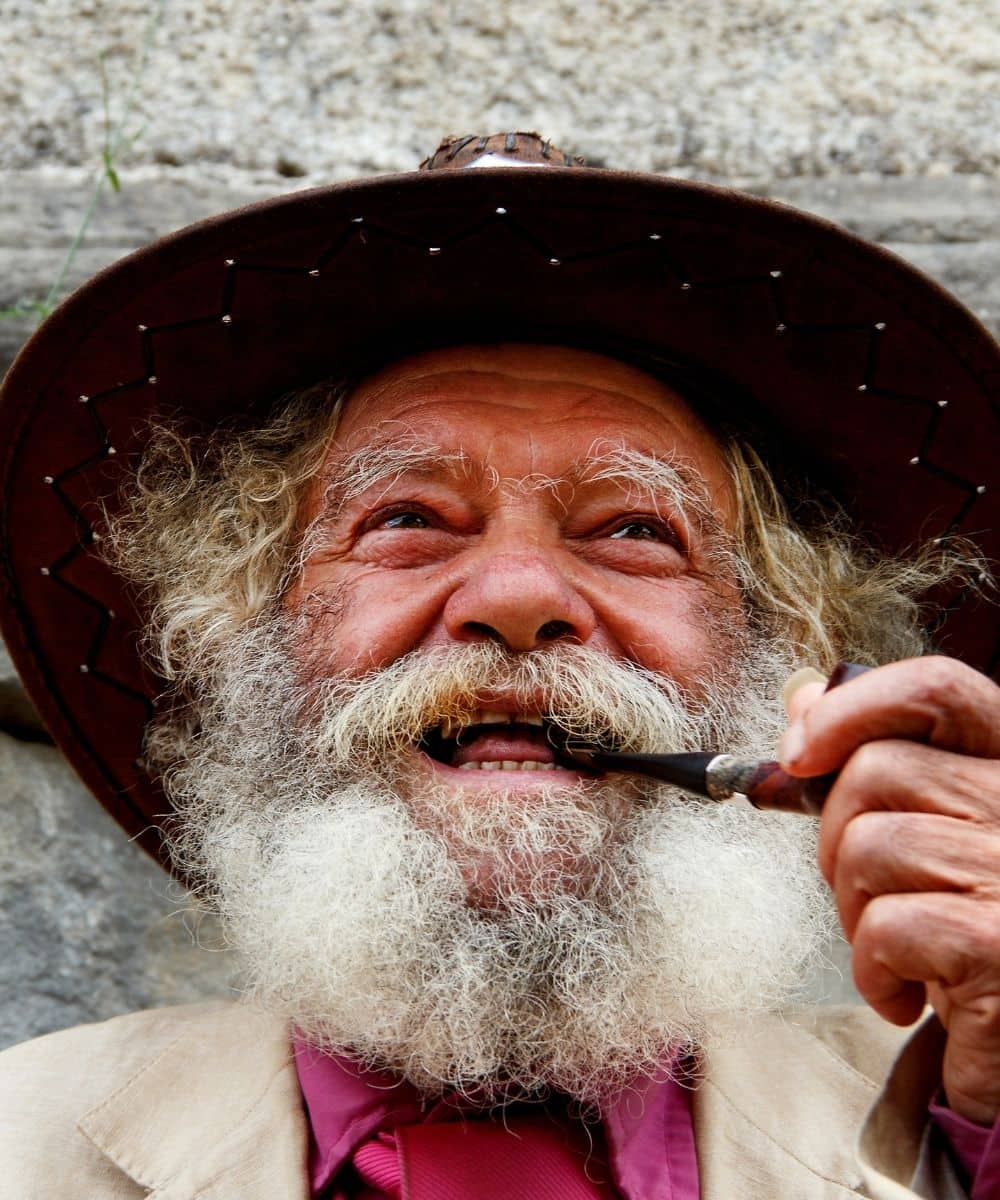
Here is a surprising fact: despite the impediments, the inhabitants continued to live in Roscigno until the 1960s! Eventually, lots of them moved to neighbouring countries, while many others emigrated overseas. However, Roscigno was never really abandoned, although it was impossible to live there safely.
Today, walking around the streets of the village is an evocative experience. The old houses and the eroded signs of ancient shops on the walls make the tourist immerse in a remote past. The houses are all small and built in stone, with a ground floor used as the stable, the bathroom, the cellar or the warehouse.
Following the ordinances, three peasants have remained in the village. Luigi, Grazia and Teodora became the resistance. They lived in Roscigno without light nor running water for years. When Teodora died in 2000, the witness of solitary inhabitant passed to Giuseppe Spagnuolo. Today, he is the watchman of Roscigno.
Giuseppe is a sixty-year-old lively man with a thick beard and almost always attached to his pipe. He grew up in the village and, after years spent around the world, he returned to Roscigno. Today, he takes care of the village by watering the plants, feeding the animals, opening the balconies and cleaning the square. Mr Spagnuolo also acts as a guide to the tourists. He accompanies them through the village streets, showing the ruins and telling the story of a town that has never wanted to surrender to the harshness imposed by nature. Still, some farmers keep cultivating their fields and raising their livestock sporadically. They use the desolated houses as storage for tools or as stables. In short, as long as the shaky houses hold and as long as Giuseppe welcomes the tourists, Roscigno will never be abandoned for good.
Museum of Peasant Civilization
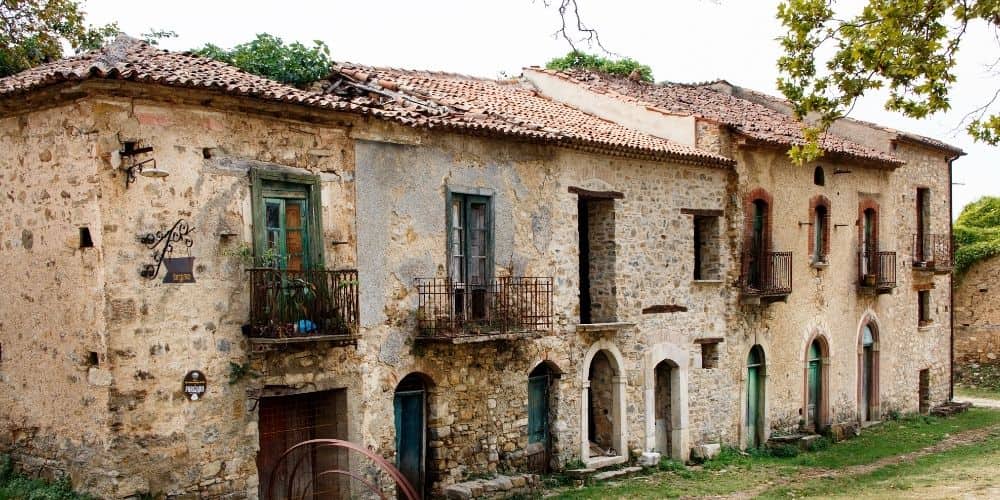
Roscigno is also known as the museum-burg. It hosts the Museum of Peasant Civilization built in the 1980s. Through a photographic exhibition based in six rooms of the former town hall, the museum tells the story of a harmonious pastoral life, lived in the respect for nature and sacredness given to work. The photos show the working cycle of wine and oil, breeding, agriculture and wool production.
An evocative experience
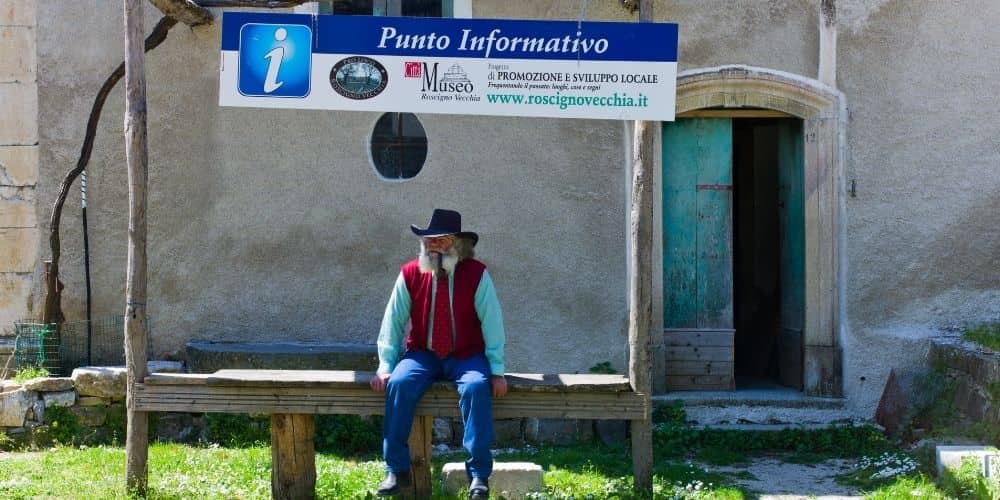
As mentioned before, the village seems not to have been affected by modernity. Over time, Roscigno has perfectly preserved all the urban and architectural features typical of the past. However, many roads are inaccessible today. So, listening to Giuseppe's stories is a precious gift to relive the moving memories of Roscigno.
Fun fact
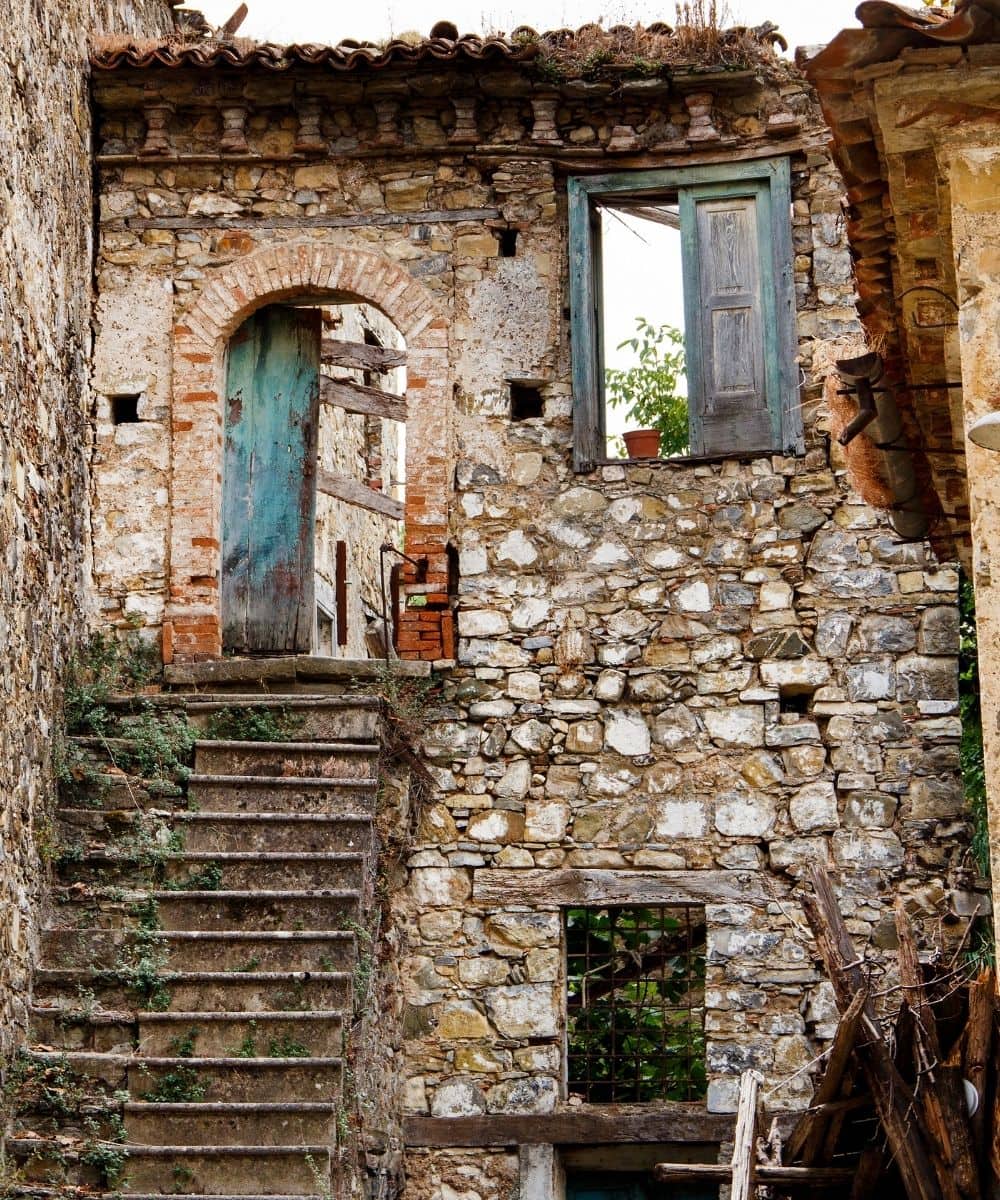
The village has been a set for video clips and movies, such as Cavalli si nasce (1989) by Sergio Staino and Noi credevamo (2010) by Mario Martone. Finally, the enthralling story of Roscigno drew the National Geographic attention in 2018, when their cameras visited its only inhabitant and sparked interest in the world.
About the author
Written on 22/08/2021




Sabrina Fabozzi
Time and human activity seem to have mysteriously stopped here. Read about the story of this Cilento village in our article!